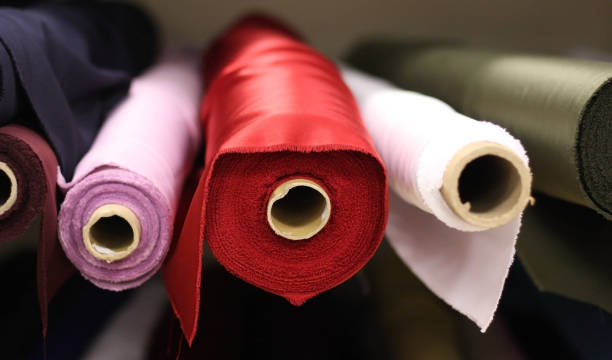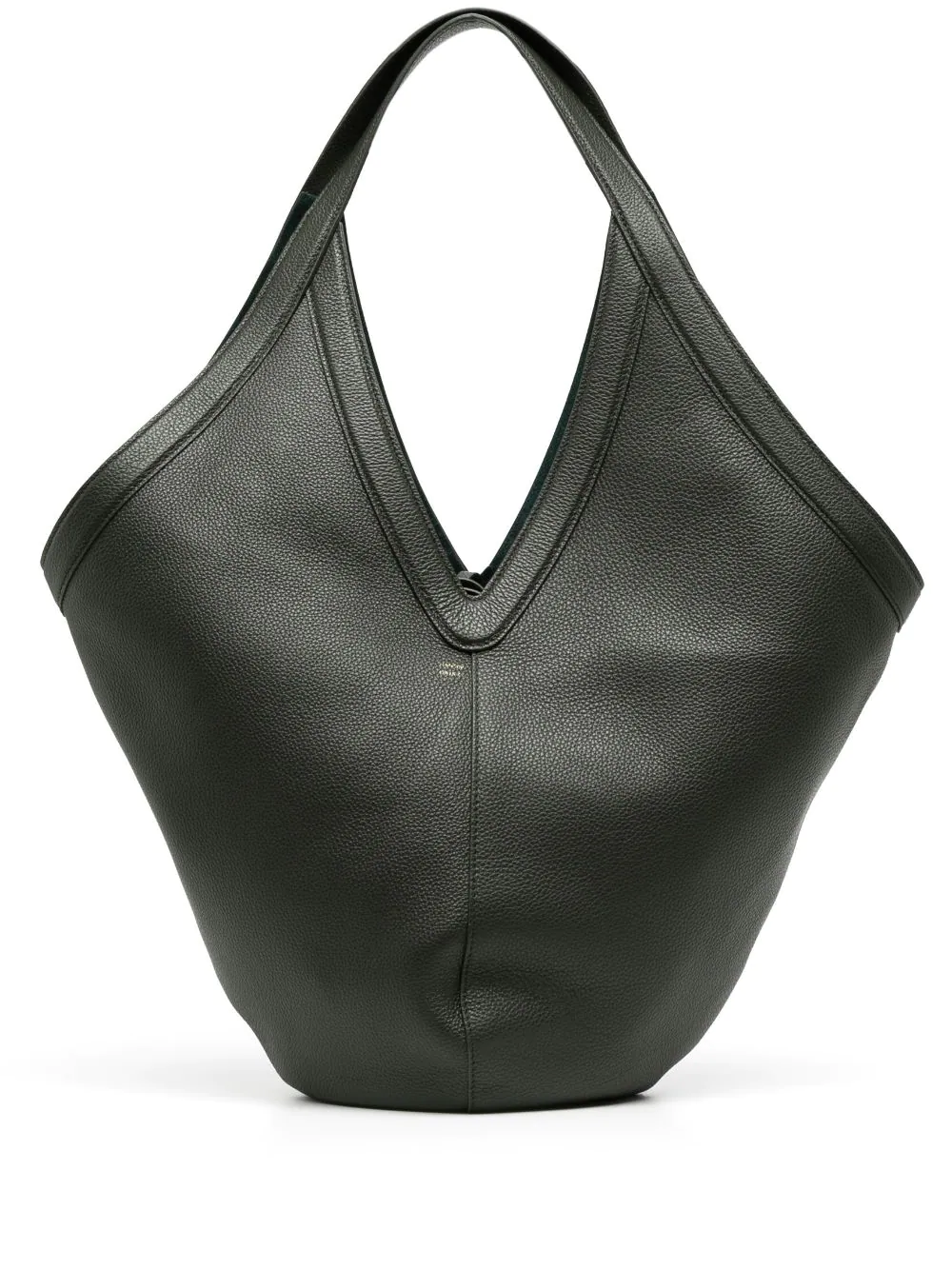Gucci bags are crafted exclusively in Italy, primarily at the Gucci ArtLab in Scandicci, near Florence, upholding a long-standing legacy of Italian craftsmanship.
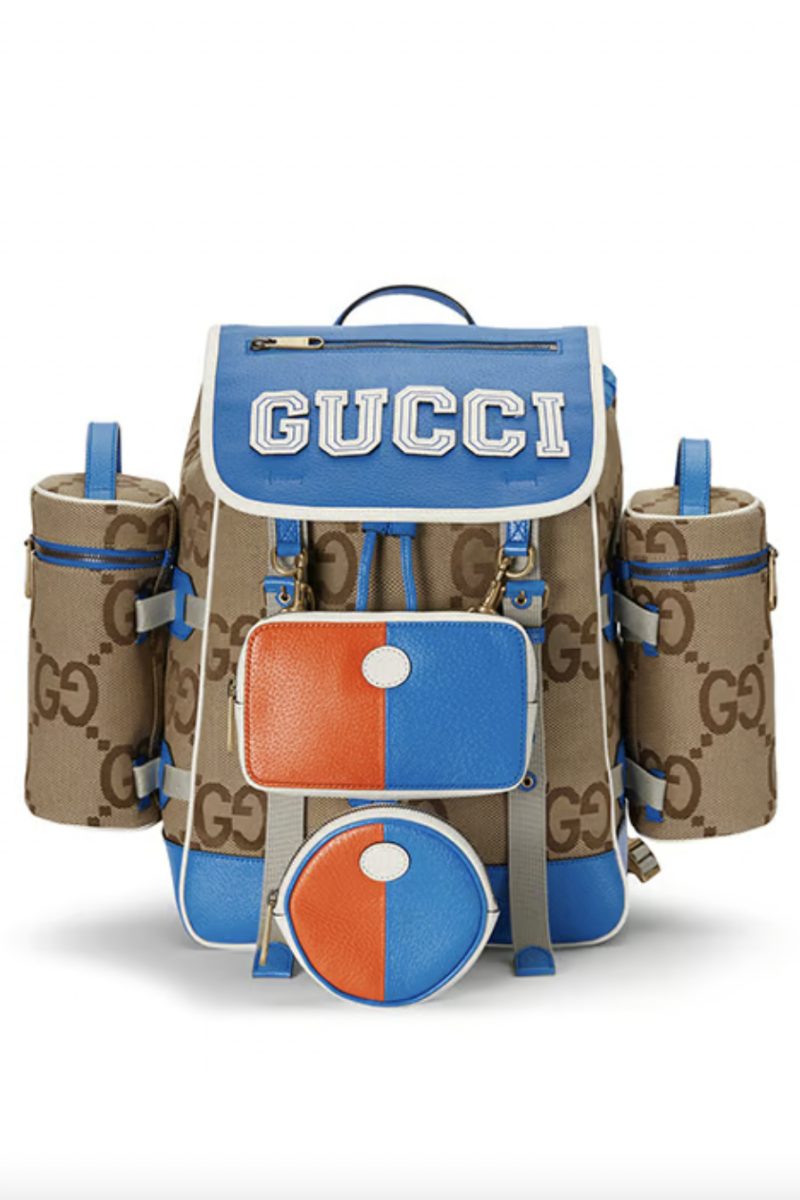
Table of Contents
The “Made in Italy” Hallmark: Gucci’s Core Identity
Pinpointing Gucci’s Manufacturing Hub: Scandicci
Are Any Gucci Bags Made in China?
The Craftsmanship Behind a Gucci Bag
What About Gucci’s Sustainability Practices?
How to Verify the Authenticity of Your Gucci Bag
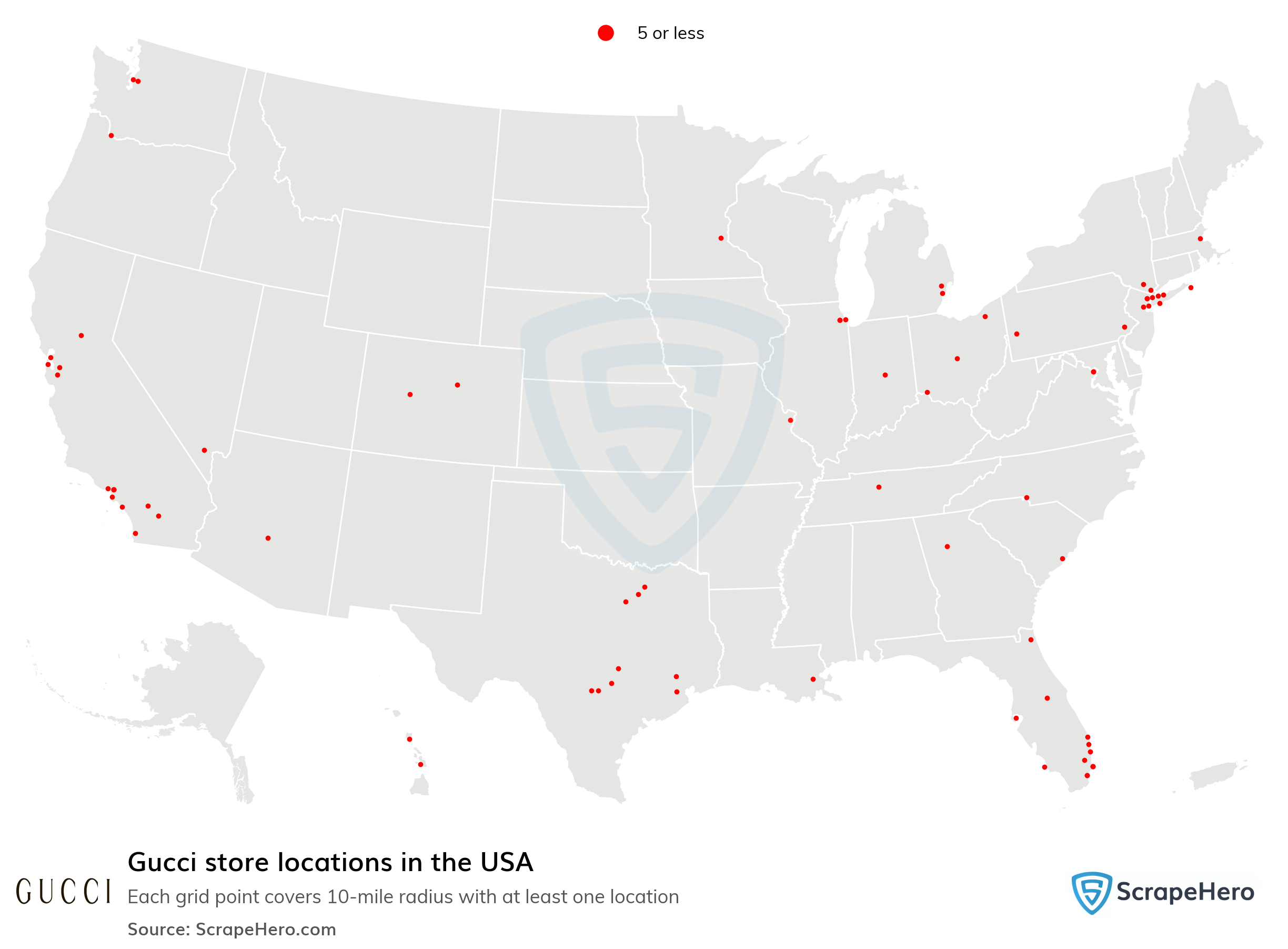
The “Made in Italy” Hallmark: Gucci’s Core Identity
The phrase “Made in Italy” is more than just a label; it is a globally recognized symbol of superior quality, design excellence, and deep-rooted artisanal heritage. For a luxury powerhouse like Gucci, this designation is central to its brand identity and promise to consumers. Since its founding in Florence in 1921, Gucci has built its reputation on the unparalleled skill of Italian leatherworkers, a tradition that continues to define its most coveted products, especially its handbags.
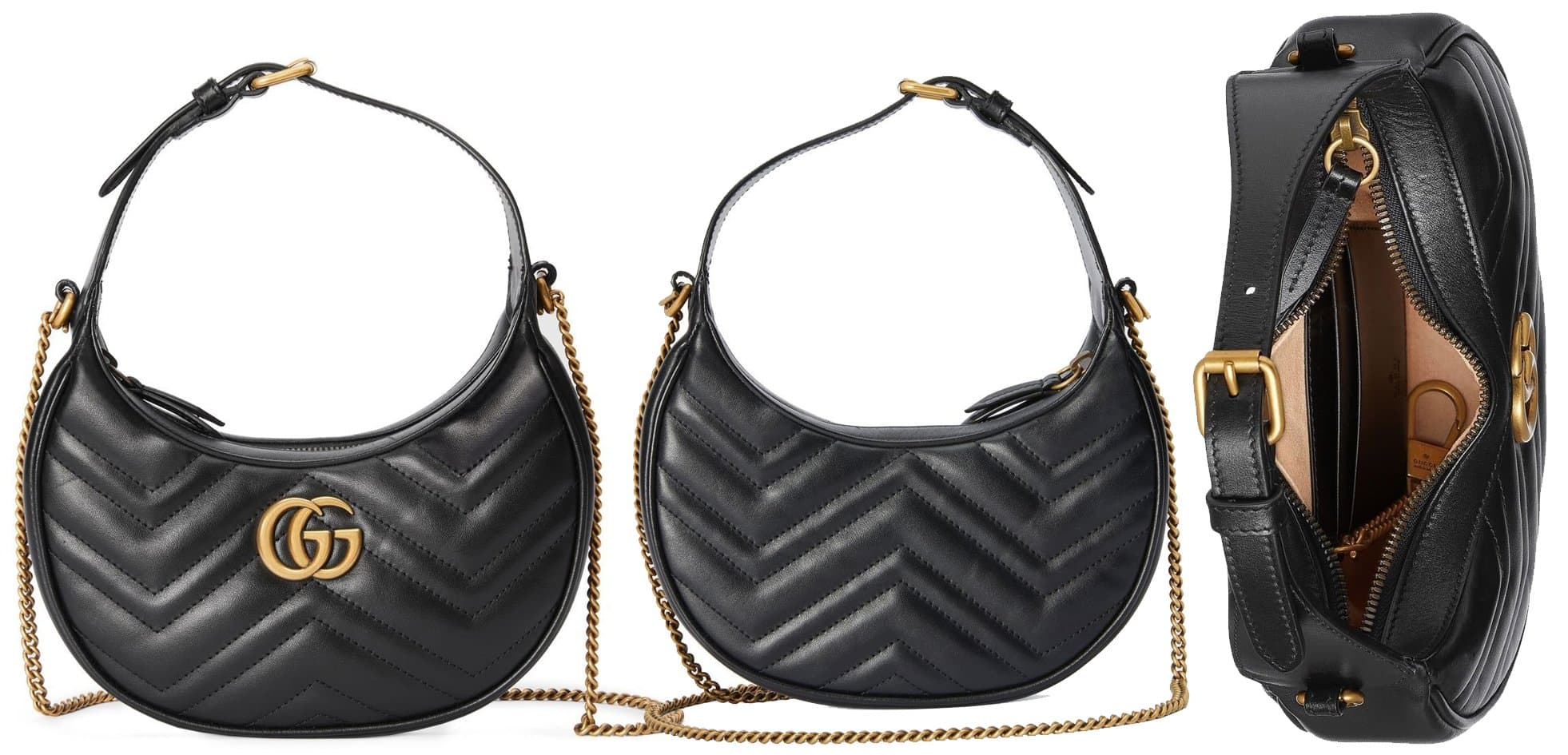
This commitment ensures that every handbag bearing the Gucci name is a product of a specific cultural and historical context. It signifies that the materials, design, and assembly have met rigorous standards associated with Italian luxury. Consumers invest not just in a product, but in a piece of this legacy, trusting that the “Made in Italy” tag guarantees a level of quality that mass-market production cannot replicate. It is the foundation upon which the brand’s prestige is built.
Pinpointing Gucci’s Manufacturing Hub: Scandicci
The heart of Gucci’s handbag production beats in Scandicci, a town just outside Florence in the Tuscany region. This area is renowned as the epicenter of luxury leather goods manufacturing in Italy, hosting workshops and factories for many of the world’s most famous brands. Gucci’s presence here is not just a logistical choice but a strategic one, placing it in a rich ecosystem of skilled artisans, specialized suppliers, and generational knowledge of leatherworking.
Within this hub, Gucci operates its state-of-the-art facility, a testament to the brand’s dedication to its craft. By centralizing its production in this historic region, Gucci can maintain strict quality control and foster a culture of excellence, ensuring that every bag meets the brand’s exacting standards before it reaches a boutique.
What is the Gucci ArtLab?
Opened in 2018, the Gucci ArtLab in Scandicci is the brand’s futuristic center of industrial craftsmanship and experimentation. Spanning over 37,000 square meters, this facility is dedicated to the development and prototyping of all leather goods (handbags, luggage, belts) and footwear. It is a place where tradition and technology converge, allowing artisans to collaborate directly with designers and technicians to bring new creations to life.
Inside the ArtLab, traditional hand-crafting techniques are preserved and practiced alongside cutting-edge machinery and innovative processes. This synergy allows Gucci to push the boundaries of design while still honoring the manual skills that define luxury. From material testing to the creation of first prototypes, the ArtLab is where the future of Gucci’s iconic accessories takes shape.
Are Any Gucci Bags Made in China?
A frequent question among consumers is whether Gucci manufactures any of its bags in China. The answer is definitive: authentic Gucci handbags are not made in China. They are exclusively produced in Italy. The persistence of this question is largely due to two factors: the global counterfeit market and complex global supply chains for other product categories.
The market is flooded with high-quality replicas, many of which originate from China and falsely claim to be authentic. Secondly, like many global brands, Gucci may source raw materials or components for other items, such as packaging or specific elements of its ready-to-wear lines, from various countries. However, for its core leather goods, the brand strictly maintains its “Made in Italy” production to protect its brand integrity and ensure the highest quality.
The Craftsmanship Behind a Gucci Bag
Creating a Gucci bag is a meticulous process that harmonizes advanced technology with the irreplaceable touch of human hands. It begins with the careful selection of premium materials, primarily high-grade leather, which is inspected for any imperfections. Highly precise machinery may be used for initial cuts to ensure uniformity and minimize waste, but the assembly and finishing are heavily reliant on the skills of artisans.
These craftspeople, many of whom have honed their skills over decades, perform the intricate tasks of stitching, edge painting, and hardware attachment by hand. Each step is subject to rigorous quality control checks to ensure every seam is perfect and every detail aligns with the brand’s standards. This blend of machine precision and hand-finishing defines the modern luxury production process.
While Gucci’s process involves incredible skill, the scale of production differs from the bench-made tradition. At Beldturaleather, for instance, each full-grain leather bag is crafted from start to finish by a single artisan, ensuring a unique connection between the maker and the final product. This hands-on approach allows for an unmatched level of attention to detail that is the hallmark of true heritage craftsmanship.
What About Gucci’s Sustainability Practices?
As a leading luxury brand, Gucci, under its parent company Kering, has placed a significant focus on sustainability. The company’s strategy is multi-faceted, addressing everything from raw material sourcing to its operational carbon footprint. It aims to set a standard for what responsible luxury can look like in the 21st century by integrating social and environmental considerations into its business model.
Leather Sourcing and Traceability
Leather is the primary material for Gucci’s handbags, making its sourcing a critical component of its sustainability efforts. Gucci is committed to increasing the traceability of its raw materials, aiming to know exactly where its hides come from. A significant portion of its leather is tanned using metal-free or chrome-free processes, which reduces the environmental impact of this water-intensive stage. The brand also works with tanneries certified by the Leather Working Group (LWG), which audits for environmental performance.
Large-scale initiatives are vital, but the core of sustainability often lies in the material itself. Choosing durable materials like full-grain leather, as we do at Beldturaleather, is a fundamental step. A bag that lasts a lifetime reduces waste and honors the resources used to create it, moving beyond seasonal trends to embrace timeless style and function.
| Gucci Sustainability Initiative | Description |
|---|---|
| Carbon Neutrality | Gucci has been fully carbon neutral in its own operations and across the entire supply chain since 2018, offsetting its annual greenhouse gas emissions through nature-based conservation projects. |
| Gucci-Up Program | An initiative focused on the circular economy, this program promotes the reuse and recycling of leftover leather and textiles from production. |
| Responsible Sourcing | Commitment to increasing traceability and using innovative, lower-impact materials, including metal-free tanned leather and recycled fabrics. |
| Gucci Equilibrium | A platform to communicate the brand’s strategies and progress on social and environmental issues, promoting transparency with its audience. |
Environmental Impact Initiatives
Beyond leather, Gucci has made public commitments to reduce its overall environmental footprint. The brand invests heavily in regenerative agriculture projects that aim to restore ecosystems from which it sources raw materials. Its “Gucci-Up” program exemplifies a circular mindset by giving a new life to production scraps. Furthermore, the company continuously experiments with innovative materials, such as Demetra, an animal-free material developed in-house, to offer alternatives and reduce its reliance on traditional resources.
How to Verify the Authenticity of Your Gucci Bag
Given the prevalence of counterfeits, knowing how to spot an authentic Gucci bag is essential. Verifying the place of manufacture is the first step. Look for the interior leather tag, which should have “GUCCI” and “made in italy” stamped clearly on it. The lettering should be clean, evenly spaced, and in the correct font.
Beyond the tag, examine the overall quality.
- Stitching: Authentic Gucci bags have perfectly even and consistent stitching. Any sloppy, frayed, or uneven threads are a major red flag.
- Hardware: The zippers, clasps, and other metal details should feel heavy and substantial. They are typically engraved with the “GUCCI” logo in a clean, precise font.
- Serial Number: The reverse side of the interior leather tag features a serial number, typically two rows of numbers. While counterfeiters can replicate these, they often get the font or spacing wrong. Research the format for the specific style of bag you are examining.
By paying close attention to these details—the undisputed Italian origin, the quality of the materials, and the precision of the craftsmanship—you can better ensure you are investing in a genuine piece of Gucci heritage.

